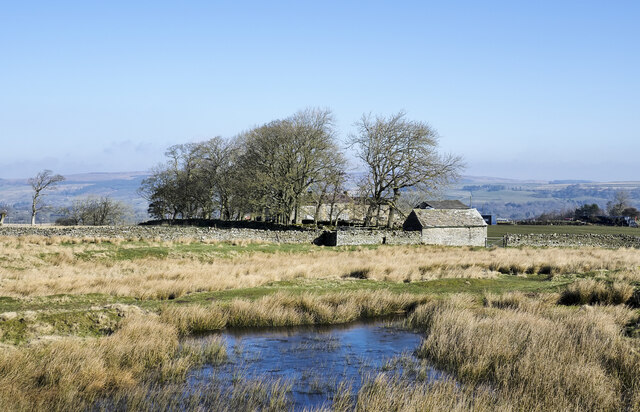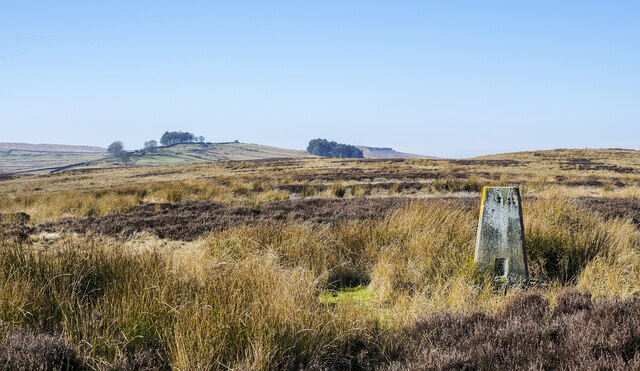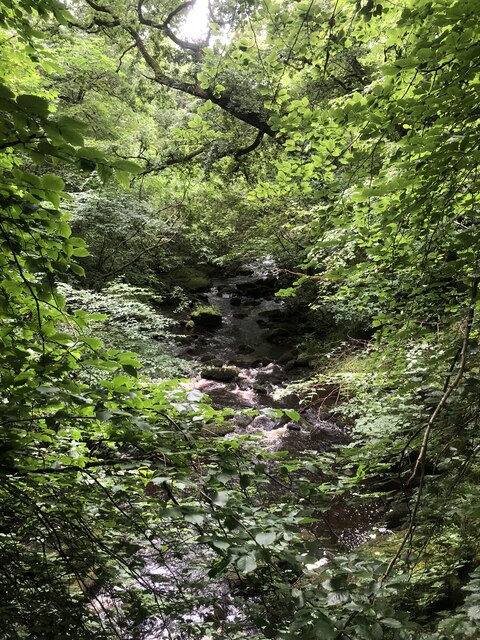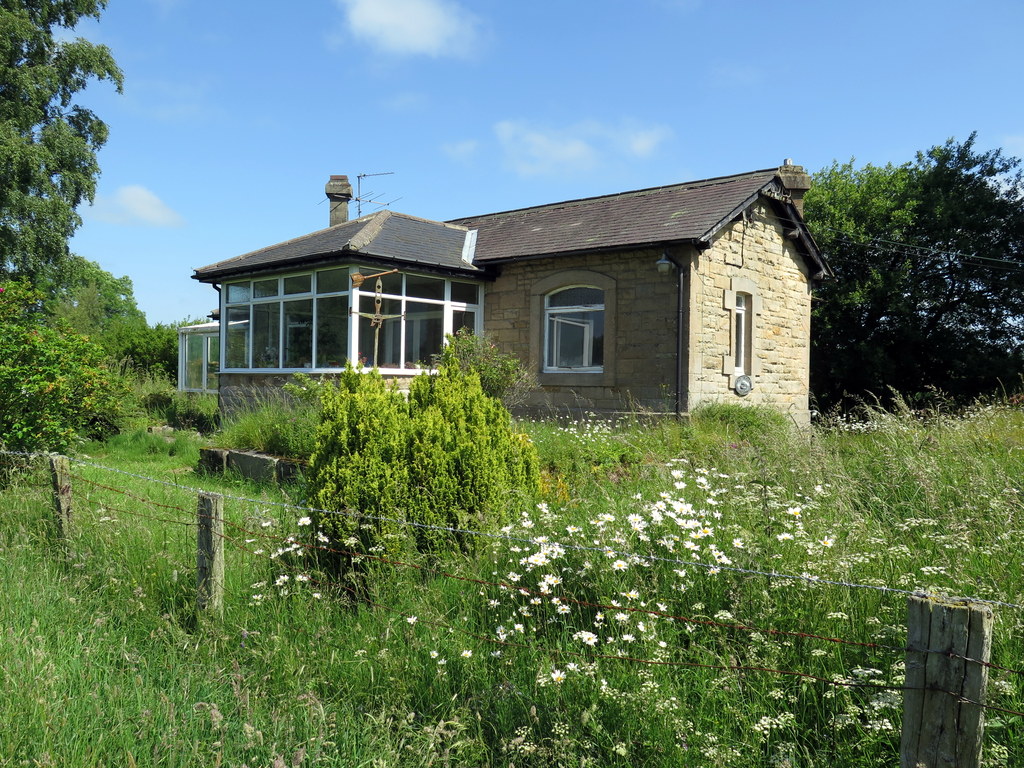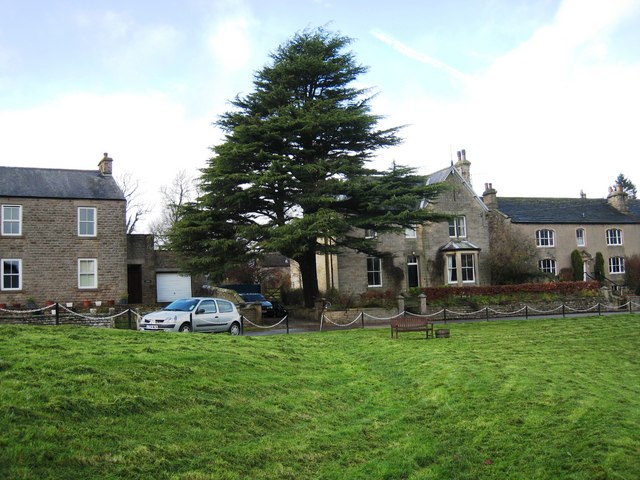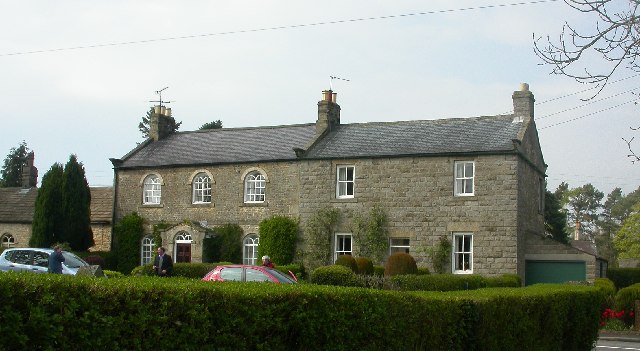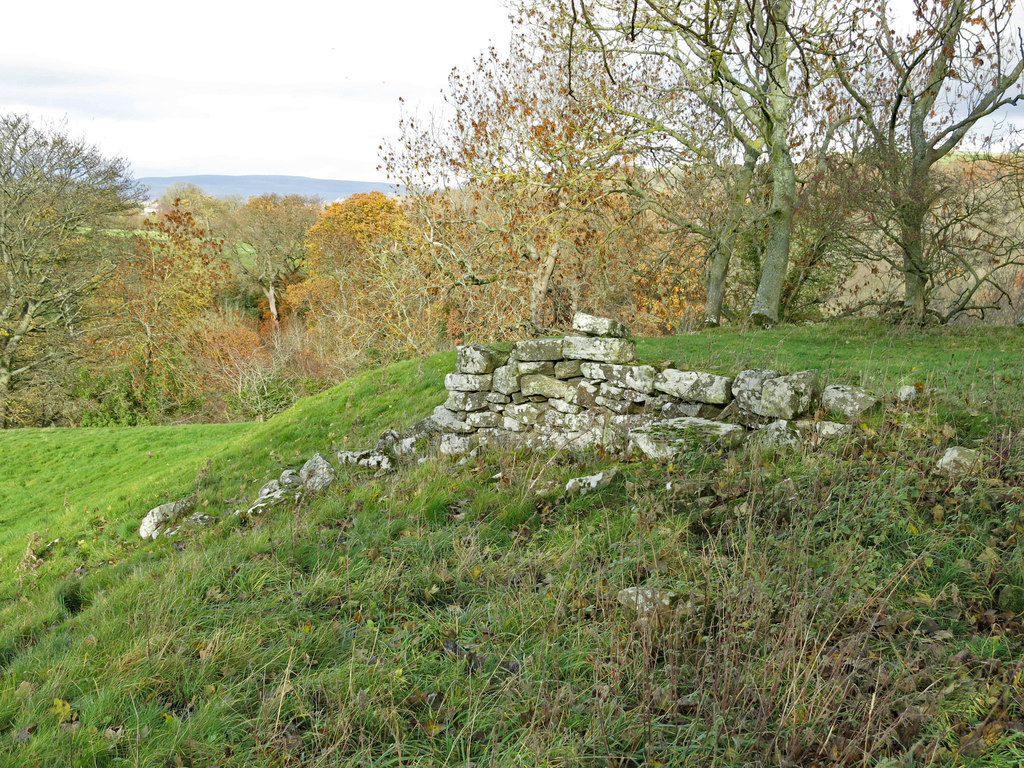Butter Stone
Heritage Site in Yorkshire
England
Butter Stone

Butter Stone, located in Yorkshire, is a renowned heritage site that holds great historical and cultural significance. Situated amidst the picturesque landscape of the Yorkshire Dales National Park, this ancient monument has captivated visitors for centuries.
The Butter Stone is an impressive standing stone, measuring approximately 6 feet in height. Its origins date back to the Neolithic period, around 3,000 BC, making it around 5,000 years old. The stone is made of local limestone, which was likely chosen due to its durability and abundance in the region.
This heritage site is believed to have served as a significant marker or boundary stone in ancient times. Its precise purpose remains shrouded in mystery, as there is limited historical documentation available. However, its strategic location on the outskirts of a once-thriving community suggests that it may have played a role in demarcating territories or as a meeting point for nearby settlements.
Visitors to the Butter Stone can marvel at its impressive size and craftsmanship, which is a testament to the skill and ingenuity of our ancient ancestors. The stone's weathered surface bears witness to the passage of time and the countless generations that have admired its grandeur.
Butter Stone is a popular destination for history enthusiasts, hikers, and nature lovers alike. Its tranquil surroundings offer breathtaking views of the surrounding countryside, making it an ideal spot for a peaceful retreat. The site is easily accessible, with ample parking and well-maintained footpaths leading visitors to the stone.
In conclusion, Butter Stone in Yorkshire is a must-visit heritage site that provides a glimpse into our ancient past. Its age, size, and enigmatic history make it a fascinating attraction, drawing visitors from far and wide to marvel at its enduring beauty and archaeological significance.
If you have any feedback on the listing, please let us know in the comments section below.
Butter Stone Images
Images are sourced within 2km of 54.562/-2.007 or Grid Reference NY9918. Thanks to Geograph Open Source API. All images are credited.
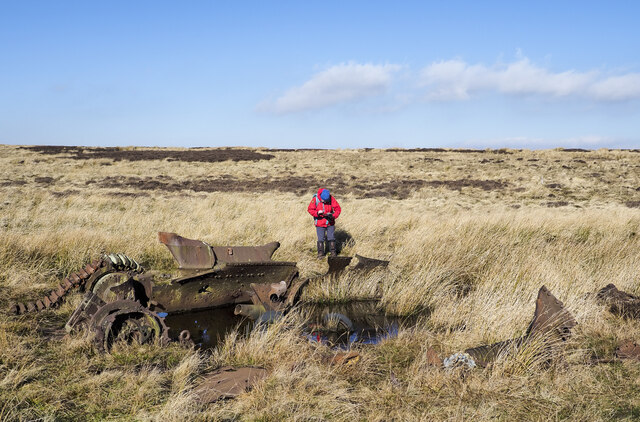
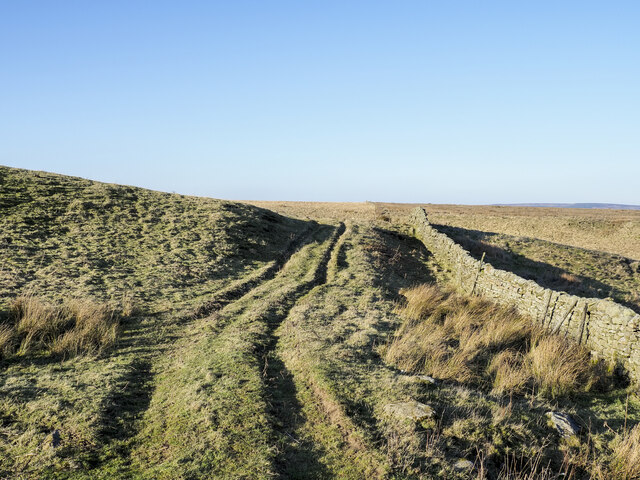

Butter Stone is located at Grid Ref: NY9918 (Lat: 54.562, Lng: -2.007)
Division: North Riding
What 3 Words
///kickbacks.pose.tapers. Near Lartington, Co. Durham
Nearby Locations
Related Wikis
Baldersdale Woodlands
Baldersdale Woodlands is a Site of Special Scientific Interest in the Teesdale district of south-west County Durham, England. It consists primarily of...
Cotherstone railway station
Cotherstone railway station was situated on the Tees Valley Railway between Barnard Castle and Middleton-in-Teesdale. It served the village of Cotherstone...
East Briscoe
East Briscoe is a village in Baldersdale, in the Pennines district of County Durham, England. It is traditionally located in the North Riding of Yorkshire...
Cotherstone
Cotherstone is a village and civil parish in the district and county of Durham, England. Its historic county is Yorkshire, being just south of the River...
Lartington
Lartington is a village and civil parish about 2 miles (3 km) west of the town of Barnard Castle, in Teesdale, in the Pennines of England. The 2011 Census...
Lartington railway station
Lartington railway station was situated on the South Durham & Lancashire Union Railway between Barnard Castle and Kirkby Stephen East. It served the village...
Cotherstone Castle
Cotherstone Castle was in the village of Cotherstone by the River Tees some 3 miles (5 km) north-east of Barnard Castle in County Durham, England. This...
Startforth Rural District
Startforth Rural District was a rural district in the North Riding of the historic county of Yorkshire in the Pennines of northern England. It was formed...
Nearby Amenities
Located within 500m of 54.562,-2.007Have you been to Butter Stone?
Leave your review of Butter Stone below (or comments, questions and feedback).

